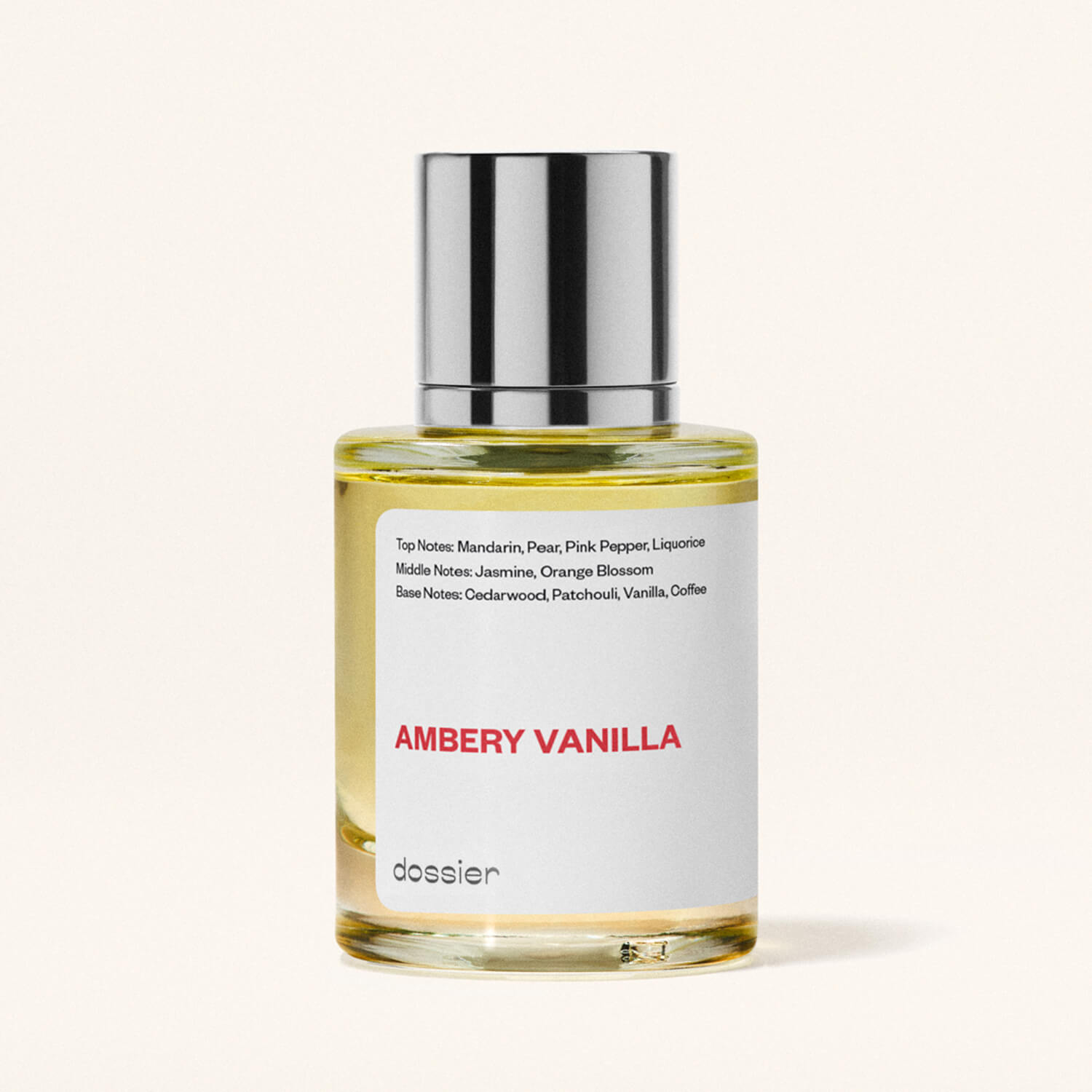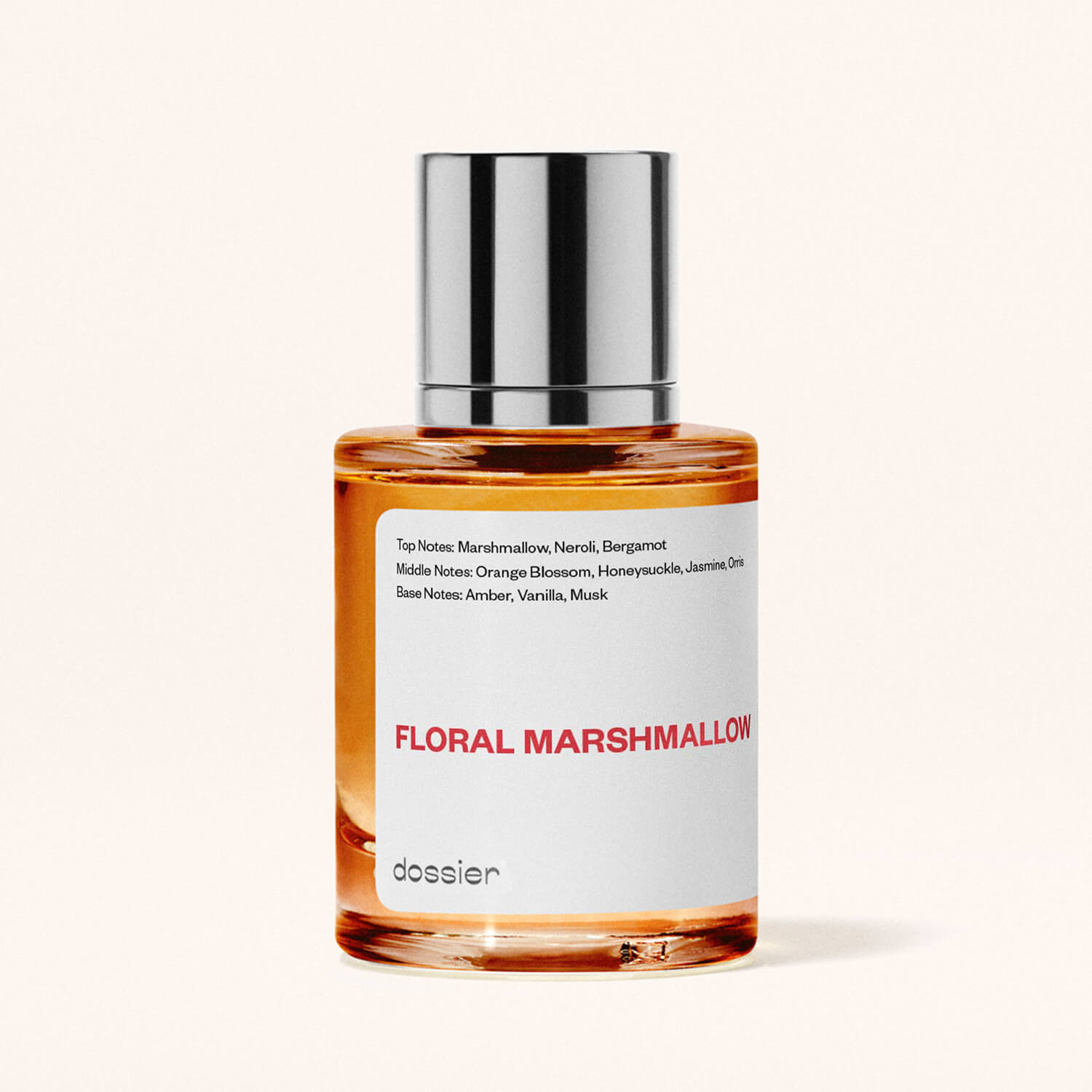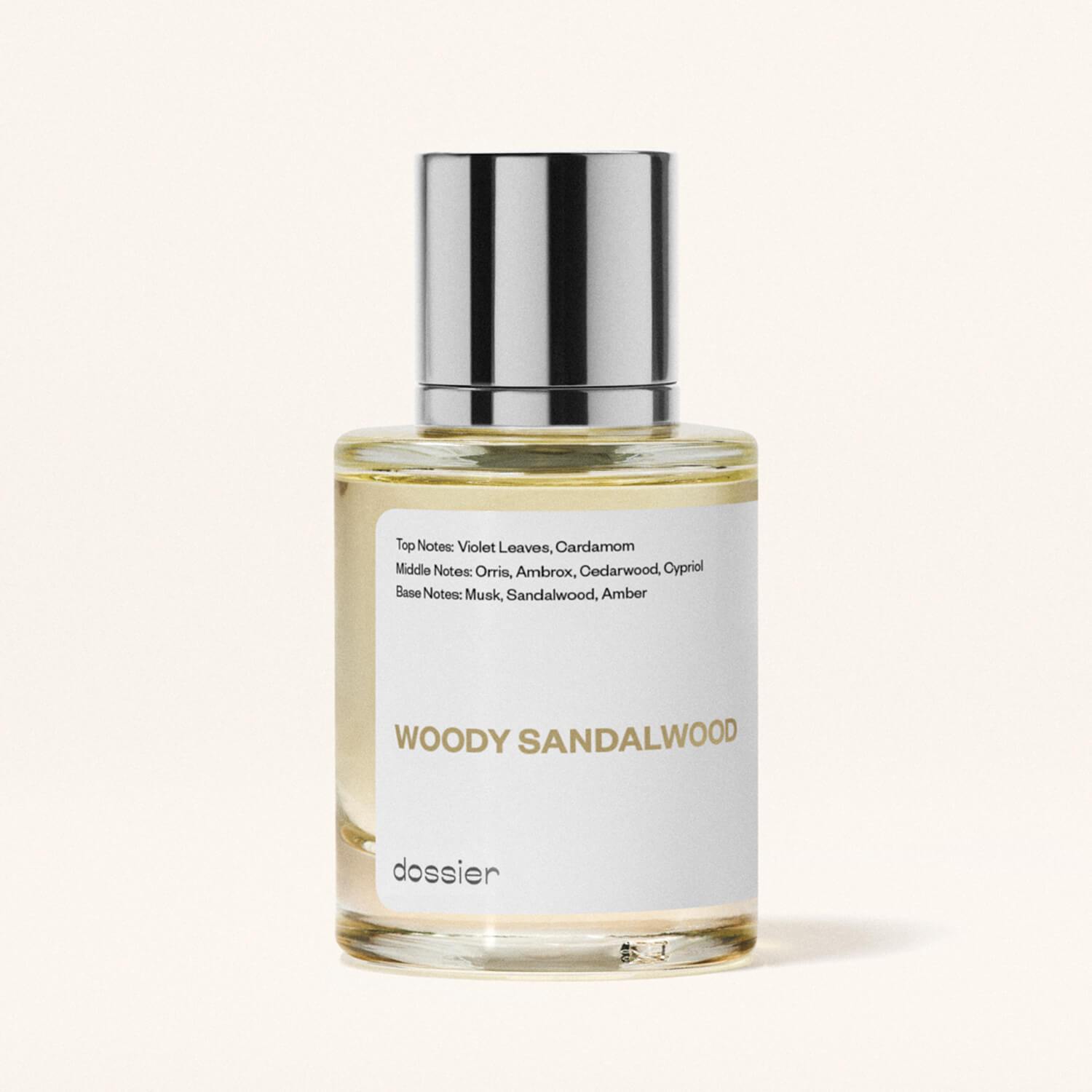Minimalism in the 1990s perfume landscape
In 1994, Calvin Klein launched a fragrance that captured the essence of 90s minimalism: CK One. The first-ever “unisex” fragrance, this American mega-bestseller found popularity on the international scene, as well. Its citrusy, musky scent profile was fresh and decidedly modern, with notes of lemon, bergamot, lily of the valley, green tea, and musk.
The true creativity that came to define 90s perfumery, however, emerged with the innovative introduction of new, high-tech synthetic molecules that allowed for the exploration of olfactory fields that were previously untouched. From this, two new olfactory families were born: aquatic and gourmand.
The origin of aquatic notes in perfumery
Even though Calone was discovered by Pfizer in 1966, this synthetic raw material was considered far too unusual to be of interest to perfumers for decades. That is, until the end of the 1980s, when this chemical compound became beloved for its unmistakable sea-breeze aroma. It is truly the sea in a bottle — a scent compound known for its marine, fresh, ozone accords.
Again, we see an American avant-garde perfumer paving the way with this new endeavor in fragrance: New West by Aramis in 1988. This aromatic fragrance for men was the first-ever use of Calone in perfumery, with strong sea notes that introduced this marine effect. It was closely followed by Kenzo pour Homme by Kenzo in 1991 — another masculine fragrance that really took the aquatic profile to the next level.
As more synthetic raw materials were developed, the “aquatic” olfactory family expanded. Another signature 90s example of this is Melonal, which brought forth a sensation of watery juiciness — like biting into a fresh summer watermelon.
Two notable feminine fragrances opened in this “watery” way. L’eau d’Issey by Issey Miyake was launched in 1992, with a floral aquatic profile that evoked the spray of a waterfall and morning dew. Another was Sunflowers by Elizabeth Arden, a floral and fruity fragrance that debuted in 1993. Juicy notes of melon, mandarin, and sweet peach combined with a joyous bouquet of flowers in this bright perfume.
How ethyl maltol created the gourmand fragrance family
In 1992, Thierry Mugler sought out to create a perfume inspired by the funfairs of his childhood memories. To formulate such a unique fragrance, Mugler decided to take a brand new approach and use an excess of ethyl maltol, an organic compound that had mainly been used as a flavorant in confectioneries. It’s characterized by its sweet aroma that has often been described as smelling like caramelized sugar.
From this, Angel was born. An ambery and woody fragrance for women, Mugler’s creation emerged onto the perfumery scene as a shocking concept, with notes of cotton candy, pralines, cooked fruits, and patchouli. Not only did Angel give birth to the gourmand olfactory family, with its overdose of sugary-sweet ethyl maltol — it also signaled the comeback of patchouli, a raw material previously only associated with the 70s.
The return to tenderness in 90s perfumery
In contrast to the intoxicating floral bouquets that defined perfume in the 1980s, the 90s showed a return to florals with a softer and more tender approach. One key example of this is Trésor by Lancôme, a fruity floral fragrance for women that launched in 1990. Its mellow composition of iris, peach, and musk made it one of the most popular, best-selling fragrances in the world.
Pleasures by Estée Lauder debuted in 1995, with a similarly tender approach to florals. Inspired by the scent of fresh flowers after rain, this perfume showcased a delicate combination of peonies, jasmine, lily of the valley, green notes, and musks. Its popularity among women at the time solidified the direction of 90s fragrances away from the provocation of the 1980s, and into entirely new and modern territory.





